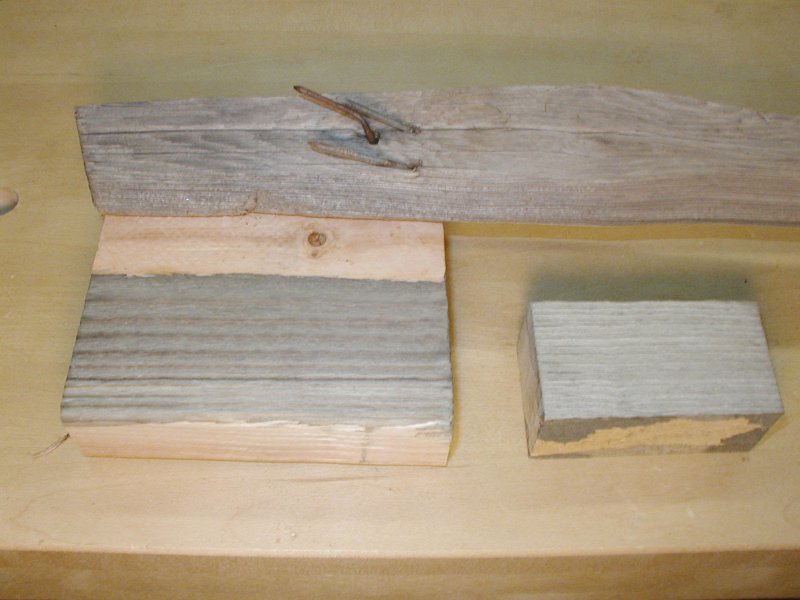Black Lacquer Applications
Tips on quick, easy, and effective black finishes. January 27, 2008
Question
A customer requested a cabinet the size of a nightstand made of poplar face frames and top with birch plywood sides in black. I had never done a black cabinet before, so the ML Campbell rep suggested I tint my lacquer with a black colorant using 6 oz per gallon and spraying it on. I sprayed 2 coats tinted lacquer and 2 coats of clearcoat and it turned out nice, but it seemed like I had to use a lot of tinted lacquer to get good coverage. Any ideas on how to use less product and get the same coverage?
Forum Responses
(Finishing Forum)
From contributor M:
I would try using a black spray stain first and then top coat. The problem with putting colorant in the lacquer is it is too hard to build your colour and not get too high of a film build. Clawlock primer and black Resistant is another way to go. Magnamax can also be tinted with pigment.
From contributor A:
I would use soft maple instead of poplar. Poplar sucks up primer, isn't very hard, and always tends to end up with a grainy look.
From contributor R:
Why don't you just use a black lacquer or a black CV? You don't have to tint anything yourself - it's done at the factory. You can also get black primer and again, you don't have to tint anything yourself - it's done at the factory. I guess if you're in the tinting mood, you could always tint the thinners you use.
From contributor J:
12 oz black colorant/gallon is the standard tint amount for an opaque paint. That's why it took so much finish to cover.
From the original questioner:
I'll try the 12 oz per gallon. Thanks for the suggestion. Have you ever sprayed sealer first and then color over the sealer and then a final clear coat?
From contributor C:
ML Campbell has their Polystar waterbased lacquer pre-mixed in black as a standard color. I just used it on a job and it was great. No tinting required, and two coats covered very well over a gray tinted primer.
From contributor J:
It depends on the look I'm after. Using a primer first will get you a very smooth surface and allows you to see the defects better after one coat of primer. If I want a little grain or wood texture showing, I'll skip the primer and go to the paint. A clear coat afterwards is optional, but can be used for a little extra durability or to adjust the sheen if necessary.
